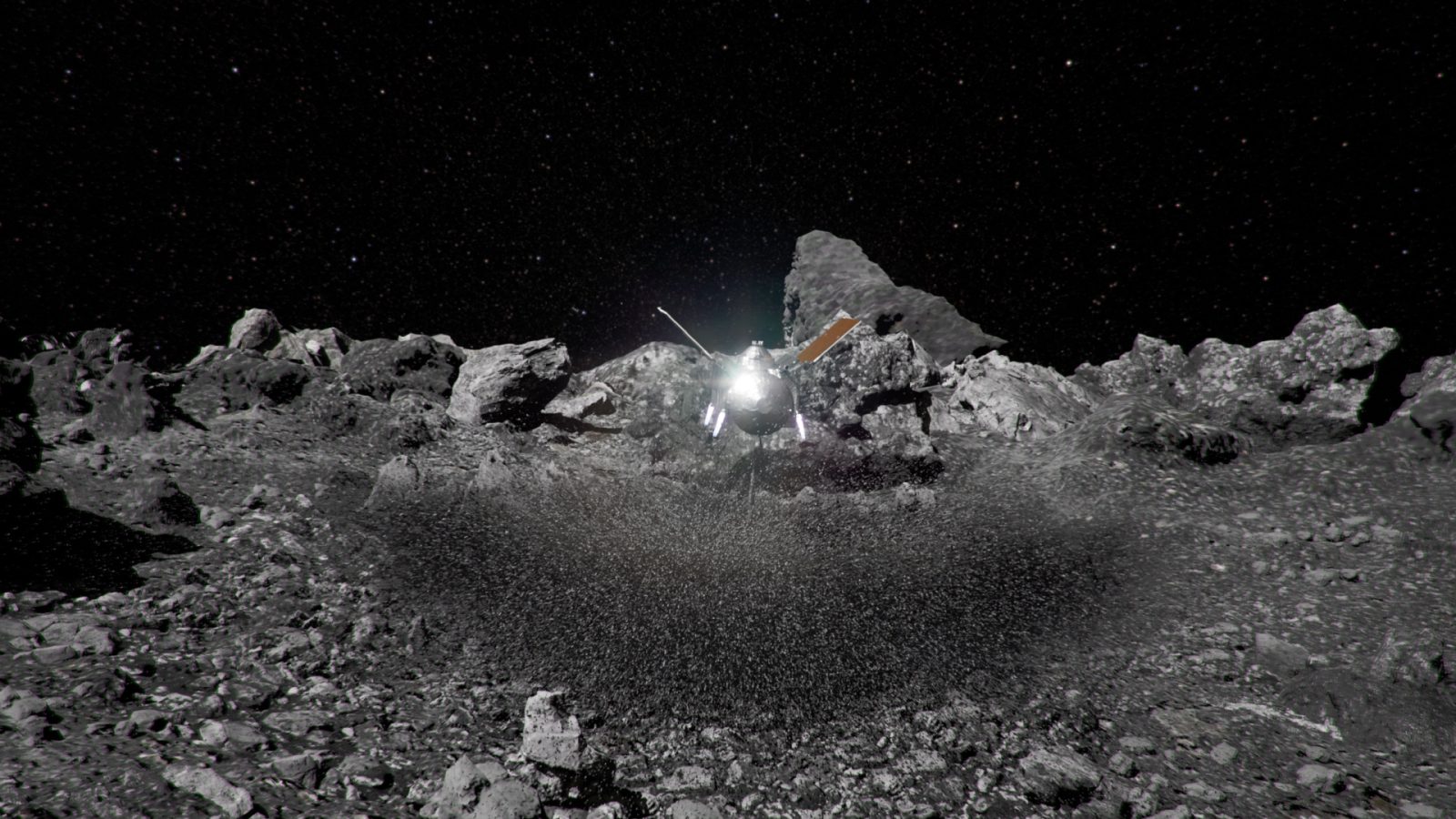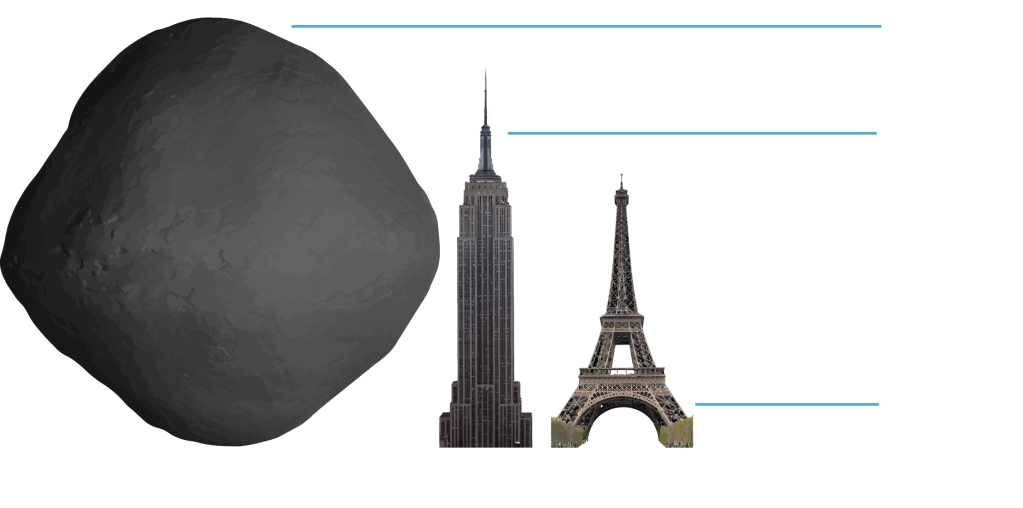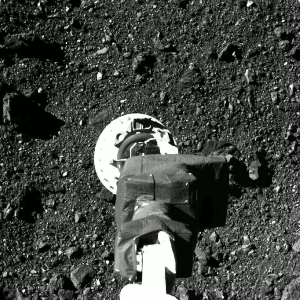
NASA’s OSIRIS-REx spacecraft, which has nothing to do with dinosaurs, successfully snagged chucks from the rocky surface of asteroid Bennu in 2020. It has since been en route back to Earth and is set to return on September 24.
Bennu was chosen because it is a carbon-rich asteroid that is believed to contain materials that scientists believe can help determine how the solar system formed and how life began on Earth.
OSIRIS-REx reached Bennu in 2018 and began studying the asteroid from orbit, using its suite of onboard scientific instruments to map the surface and measure its composition. It took nearly two years of research before NASA scientists finally chose a landing site for the spacecraft.
Join our Discord Server: Join the community with forums and chatrooms about space!

In October 2020, OSIRIS-REx made its descent to the surface of Bennu, where it used a robotic arm to collect a sample of the asteroid’s surface. The sample was collected using a special device called the Touch-And-Go Sample Acquisition Mechanism (TAGSAM), which used nitrogen gas to stir up the surface material and collect it in a container.
Here’s what that looked like.

The entire process took just a few seconds, as the sample container was immediately sealed and stored inside the spacecraft in preparation for its 3-year journey back home.
Upon searching Earth on September 24, 2023, the part of OSIRIS-REx that contains the capsule with pieces of Bennu will break away and enter Earth’s atmosphere. “The capsule will parachute to the Utah Test and Training Range in Utah’s West Desert, where scientists will be waiting to retrieve it,” NASA states.
Lastly, the remaining part of the spacecraft will continue on as OSIRIS-APEX and study the surface of Apophis. Yes, that Apophis. The 1,200-foot (270 meters) wide asteroid that tends to get lumped into doomsday theories because of its extremely close 20,000-mile approach to Earth in 2029.
Related stories:
- Strange dragon bone-looking Mars rocks spotted by Curiosity rover
- Rare hybrid solar eclipse to take place on April 20
- Congress is wondering why NASA’s headquarters is 69% empty of employees
FTC: We use income earning auto affiliate links. More.



Comments